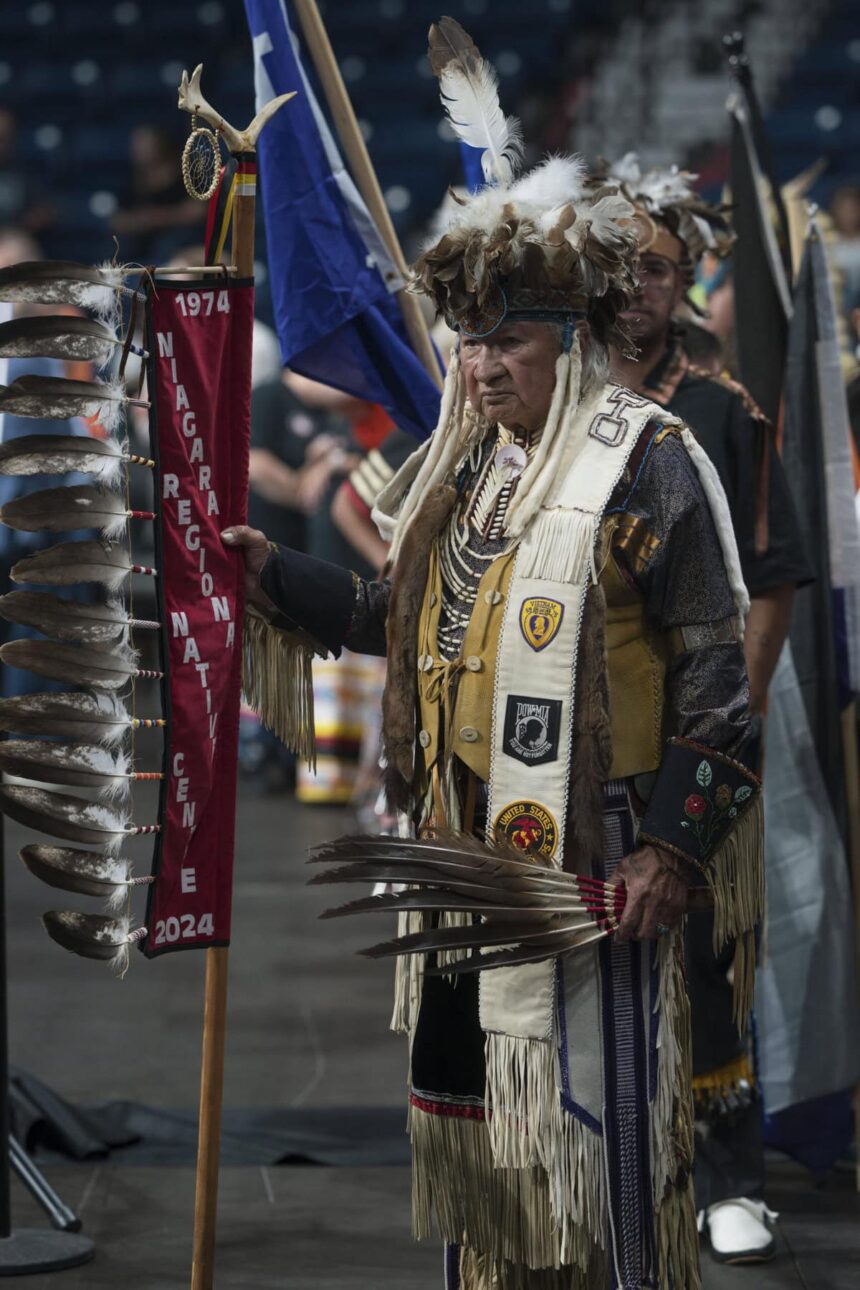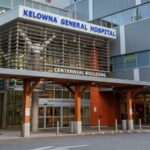The line of patients waiting outside the Niagara Regional Native Centre begins to form before 9 a.m. on a crisp autumn morning. Inside, Karl Dockstader moves through the halls greeting early arrivals by name, stopping to chat with an elder who’s come for the community breakfast program.
“We see about 300 people each week now,” Dockstader tells me, pride evident in his voice. As executive director of the centre, he’s witnessed firsthand how Indigenous healing practices have transformed lives throughout the Niagara region. “What’s powerful isn’t just the services we provide—it’s that we deliver them through an Indigenous lens.”
The centre, tucked away on Airport Road in Niagara-on-the-Lake, has become much more than a service provider. For many Indigenous residents across the peninsula, it represents a cultural lifeline—a place where traditional knowledge and modern healthcare work in harmony.
Mary Antone, a Oneida grandmother who travels from Fort Erie twice monthly for the centre’s programs, explains why she makes the journey. “When my doctor prescribed medication for my arthritis, it helped some. But when I started coming here for traditional medicine workshops and the cedar tea ceremonies, something deeper changed,” she says, flexing her fingers that once could barely grip her beading tools.
Indigenous approaches to wellness have always viewed health holistically—physical symptoms inseparable from emotional, spiritual, and community wellbeing. This perspective is increasingly resonating with both Indigenous and non-Indigenous residents seeking alternatives to conventional healthcare.
According to Statistics Canada’s 2021 Census, over 18,000 people in the Niagara region identify as Indigenous, a 30% increase from 2016. This growing population has created greater demand for culturally-specific health services that the centre works tirelessly to meet.
“We don’t separate mental health from physical health from spiritual health,” explains Lacie Burning, the centre’s wellness coordinator and member of the Mohawk Nation. “That’s a very Western concept. Our programs recognize that healing happens when all these elements are addressed together.”
The centre’s approach aligns with research published in the Canadian Journal of Public Health showing Indigenous-led health initiatives achieve better outcomes among First Nations, Métis and Inuit populations than mainstream programs alone. Participants report not just improved health metrics but deeper connections to culture and community.
Walking through the building, evidence of this integration is everywhere. A traditional medicine garden flourishes behind the facility, providing ingredients for healing teas and salves. Inside, a talking circle for mental health support takes place alongside a diabetes prevention program that incorporates traditional foods.
Chief RJ Burnham of the Niagara Regional Native Friendship Centre notes the importance of these integrated approaches. “For generations, our people have understood wellness differently than the Western medical system. When you restore cultural connection, you often see dramatic improvements in what would be classified as physical or mental health conditions.”
Provincial health statistics seem to support this observation. A 2022 Ontario Indigenous Health Survey found that Indigenous people accessing culturally-relevant care reported 38% higher satisfaction rates and measurably better outcomes for chronic conditions than those limited to mainstream healthcare options.
The centre has partnered with Niagara Health System to create pathways between conventional medical care and Indigenous healing practices. Dr. Samantha Williams, who helps coordinate this initiative, has witnessed remarkable results.
“We had a patient with treatment-resistant depression who hadn’t responded to multiple medication trials,” Williams recalls. “After six months of participating in the centre’s ceremonial practices and community support programs, his depression scores improved significantly. That’s something our hospital could learn from.”
Not everyone embraces these approaches immediately. Tom Garrison, a Mohawk elder who facilitates healing circles, remembers his own skepticism. “I was raised away from my culture and taught to trust only Western medicine. It took a health crisis in my 40s to bring me back to our ways,” he says while preparing sacred medicines for the day’s ceremonies.
“Now I see young people coming back to these practices, sometimes with hesitation, but they’re finding something that was missing in their care.”
The centre’s impact extends beyond health services. Cultural programs—from language preservation to traditional arts—strengthen community bonds that themselves promote wellness. Children sketch in the art room while learning Mohawk words from an elder. In the kitchen, volunteers prepare a lunch featuring Three Sisters soup, rich with traditional corn, beans, and squash.
Karl Dockstader pauses to check on a young man nervously waiting for his first counseling session. “Everything we do here comes back to honoring our traditional understanding that health isn’t just about treating symptoms—it’s about belonging, purpose, and cultural connection,” he explains.
The centre’s approach faces challenges. Funding remains inconsistent despite growing demand. And some medical professionals still view Indigenous healing with skepticism, despite mounting evidence of its effectiveness.
Yet success stories continue to multiply. Lisa Manitowabi credits the centre with her recovery from addiction. “When I came here two years ago, I was broken,” she says, now working as a peer support worker. “The difference was being treated as a whole person—not just someone with a substance problem, but someone who needed to reconnect with her identity and community.”
As afternoon approaches, the main hall transforms for a community gathering. The scent of burning sage fills the air as staff prepare for a healing circle. People of all ages enter, some in ribbon skirts and others in work clothes, all welcomed equally.
“This is medicine too,” Dockstader says, gesturing toward the gathering. “Being together, sharing stories, remembering who we are—this heals in ways that can’t be measured on a chart.”
For the growing Indigenous population across Niagara’s twelve municipalities, the centre represents something profound: healthcare that recognizes their unique cultural identity and traditional knowledge aren’t complementary to healing—they’re essential to it.
As the healing circle begins, the room quiets. In this moment, ancient wisdom and contemporary needs meet—a powerful reminder that sometimes the most innovative healthcare approaches are those that honor the oldest traditions.






